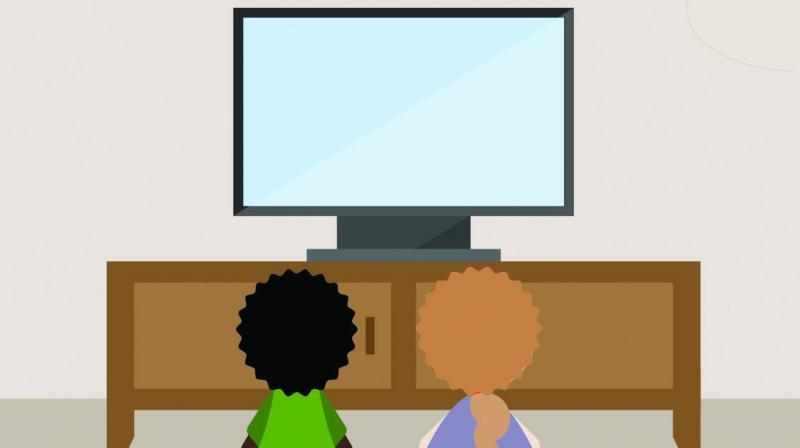Hyderabad: Physical activities can help reduce anti-social behaviour
The research also points out that children are physically inactive for most of the day they spend in school.

Hyderabad: There is an inverse relationship between physical fitness and increase in violence and anti-social behaviour in children, according to an article in the British Journal of Sports Medicine (BJSM).
The article also states that the increase in physical activities like games and sports among children will have a positive influence on children's social and cognitive function. Many schools in India don’t even have an open playground or include physical fitness in the curriculum.
City-based psychologist Preeti Swaroop says when children play sports “the aggression that is there in children is converted into competitiveness.” They are also more focused as for example in scoring a point or goal.
Mr Swaroop added that children should be allowed to choose the sport they wish to play because that way they are more likely to play it and be passionate about it.
The research also points out that children are physically inactive for most of the day they spend in school. “School age boys and girls spend an average of 7–8 hours a day being sedentary ie, sitting. Much of this waking time is spent in obligatory sitting in lessons at school. Thinking about the day-to-day context for children’s activity, reality bites, as for substantial parts of their lives children seem to have little choice and opportunity to be physically active and are practically forced to be sedentary, not only for much of the school day, but also during travel to school, as safety is a concern to parents, and safe access to recreational activities is heavily influenced by financial capacity and other political and socio-geographical factors, always beyond children’s control.”
Being sedentary affects the growth of muscle in children and adults alike.
The research states that physical activity should be encouraged from birth, and children of preschool age who are capable of walking unaided should be physically active daily for at least 180 minutes.
Spread across the day, children and young people aged 5–18 years should engage in moderate to vigorous intensity physical activity for at least 60 minutes and up to several hours every day, with vigorous intensity weight-bearing activities that strengthen muscle and bone, being incorporated at least three days a week. All children and young people should minimise the amount of time spent being sedentary.
Also, according to the International Council of Sport Science and Physical Education, “Physical education develops physical competence so that all children can move efficiently, effectively and safely and understand what they are doing. The outcome, physical literacy, is an essential basis for their full development and achievement. Physical education in school is the most effective and inclusive means of providing (this for) all children.”
The head of the PE department in a government college says: “Schools in the country and especially those in metropolitan cities are ignoring an important factor, which is a playground for children. Schools are popping up even in residential complexes, so forget about the chance of having a proper ground; they don’t even have space for a fire engine to circle around the complex, which is one of the criteria for obtaining a no-objection certificate from the fire department. Such is the pathetic scenario. Schools should co-ordinate and should provide physical activity for children without fail.”

